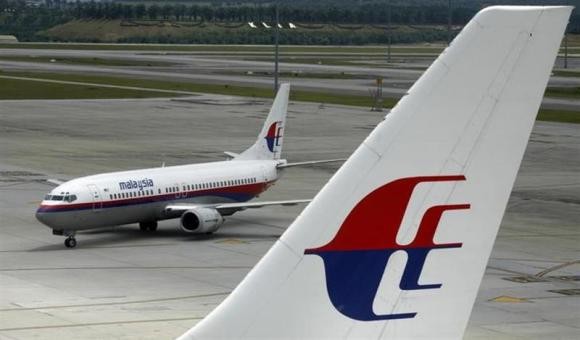
As the mystery of the missing Malaysian Airlines deepens, a Colorado satellite imaging company is offering satellite images that may be useful in searching for the missing plane.
DigitalGlobe, which owns and operates private imaging satellites, has joined the crowd in an effort for scanning the areas of Gulf of Thailand through its satellites, where the plane is suspected to have crashed into the water.
The flight with 239 passengers on board lost its communication with the ground, on its way to Beijing from Kuala Lumpur which is untraceable for the third consecutive day.
"DigitalGlobe activates FirstLook that is used during natural disasters and man-made crisis by emergency response agencies, while Tomnod is activated for different and selective purposes," explained Luke Barringto, senior manager of Geospatial Big Data for DigitalGlobe. The images taken from these satellites is positioned around 400 miles above the ground.
In the missing Flight MH370 case, the images are made accessible to the public - which is a concept called crowdsourcing. The aim behind crowdsourcing is to survey the images with the help of many viewers in an attempt to find possible clues.
"We try to use the crowd wisely and not tire them out. The story here is much more about the search than it is about the response. This whole feeling of not knowing, the lack of information or ability to do anything, we have seen time and again, is why people want to get involved," Denverpost quoted Barrington saying.
Through the Tomnod website, people can review the images and help locate something of interest.
Tomnod, within the first hour of its crowdsourcing on Monday, had 60,000 page views and over thousands tags.
3,200 square kilometres of imagery has been made available for people to search online and over the next 24 hours, more images are likely to release.
"For people who aren't able to drive a boat through the Pacific Ocean to get to the Malaysian peninsula, or who cannot fly aeroplanes to look there, this is a way that they can contribute and try to help out," ABC News quoted Barrington.
Users can zoom in for the satellite images and send a message, if they find anything that could be a wreckage. An algorithm will be used to find the overlapped tags, where multiple people have found something noteworthy.
Expert analysis will then identify the most prominent areas and share the useful information with the authorities for further investigation.
"We'll say here are our top ten suspicious or interesting locations. Is it really an aircraft wing that's been chopped in half or is this some other debris floating on the ocean? We may not be 100 percent sure, but if this is where I had to go, pick a location to go looking for needles in this big haystack, this is where I'd start." he said.
Currently, the images that are available to search are region where Gulf of Thailand meets the South China Sea.
















